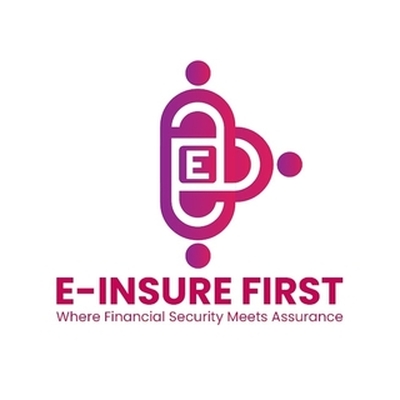What is Pre Auth Form in Insurance? A Guide for Policyholders
الجسم
Health insurance offers financial protection during medical emergencies, but understanding its procedures is crucial—especially when it comes to pre-authorization, commonly known as pre-auth. One of the most important documents in this process is the Pre Auth Form, which plays a key role in cashless hospital admissions.
What is a Pre Auth Form?
A Pre Auth Form is a formal request submitted to your health insurance provider to approve a planned medical treatment or hospitalization before it takes place. It’s a crucial step in the cashless hospitalization process, allowing the insurance company to review the proposed treatment and confirm whether it will cover the costs.
In essence, it’s about asking, “Will my insurance company pay for this treatment?”—before you receive it.
Why is Pre-Authorization Important?
Pre-authorization ensures:
- Cashless Treatment: You don’t have to pay upfront if approved.
- Transparency: You know in advance what expenses are covered.
- Faster Claims: It streamlines the process and avoids disputes later.
- Financial Planning: You can prepare for any uncovered charges.
When Do You Need a Pre Auth Form?
You’ll typically need to submit a pre-auth form in the following cases:
- Planned Hospitalizations (like surgery or maternity)
- Daycare Procedures (like cataract or chemotherapy)
- Expensive Treatments (such as joint replacement or organ transplants)
For emergency admissions, the form can often be submitted within 24 hours after admission.
What Does a Pre Auth Form Include?
A standard pre-auth form generally includes:
- Patient details (name, age, policy number)
- Hospital details
- Proposed treatment or procedure
- Estimated cost of treatment
- Doctor’s recommendation and signature
- Declaration by the insured
This form is usually filled out by the hospital’s TPA (Third-Party Administrator) desk in coordination with the treating doctor.
How Does the Pre-Authorization Process Work?
Hospital Fills the Pre Auth Form
Once your doctor recommends hospitalization, the hospital staff fills out the form and sends it to the insurer or their TPA.
Insurance Review
The insurer examines the form to confirm policy coverage and medical necessity.
Approval or Rejection
If approved, you get a cashless facility. If denied, you can still go ahead with treatment, but will need to claim reimbursement later.
For example, many Indian policyholders use the Medi Assist Pre Auth Form when availing cashless hospitalization through their network hospitals.
What Happens After Approval?
Once pre-authorization is granted:
- You are admitted without paying the full amount upfront.
- Only non-covered expenses (if any) must be paid out-of-pocket.
- Final bills are settled between the hospital and insurer post-treatment.
Tips to Ensure Pre Auth Approval
Always inform the hospital’s TPA desk at least 48–72 hours before admission for planned treatments.
- Provide complete and accurate information.
- Keep your insurance policy details handy.
- Choose a network hospital under your insurance plan.
Final Thoughts
A Pre Auth Form is a powerful tool in your health insurance journey—it takes the financial worry out of planned treatments and helps you focus on recovery. Understanding its purpose and process ensures you get the most out of your policy, with minimal stress during critical times.











تعليقات